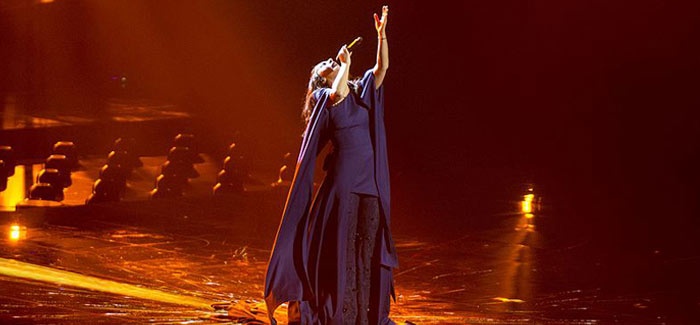Martin Ince, convener of the QS Global Academic Advisory Board, outlines the challenges facing Serbian universities, as the country prepares to join the EU.
Serbia, the most populous of the states of the former Yugoslavia, became a candidate for EU membership in October 2011 and regards itself as a western-facing democracy.
Like Serbia’s other institutions, its universities are now facing up to the changes that this new status will involve.
Serbia’s population of about eight million is served by eight public and eight private universities. Of these only one appears in the QS World University Rankings. This is the flagship institution, the University of Belgrade, founded in 1808. But even Belgrade only appears in our 601+ group, the lowest rung on the Rankings ladder.
Speakers at a February conference on Serbian universities and the labor market explained that variable standards are a key issue for Serbian universities. They called for a national university ranking system to be introduced to shine some light on the quality of both the public and private sector providers.
Neighbouring Macedonia has recently announced its first national rankings, coordinated by the Shanghai team that runs the Academic Ranking of World Universities.
Serbian employers seem even less pleased with the graduates they get from their local universities than their competitors in other nations. Not only are they unprepared for work, say recruiters, but they have often graduated in antique topics such as agricultural economics, or ones such as art history that might be better-adapted to more expansive economic times.
Serbia’s private academic sector is ambitious, and its plans make some comparative ranking of universities an increasing priority. At the moment, Serbians can attend public universities for free, but pay fees at the private institutions.
However, private university managers point out that the right to free higher education is enshrined in the constitution. There may be a test case in the constitutional court some time soon to find out whether students at private universities are entitled to state funding.
Despite these issues, Serbian graduates have one thing in common with those of other nations. They are more likely to be in work than the rest of the population. About 9 per cent of the workforce has higher education. While unemployment in general runs at 29 per cent of the workforce, only 14 per cent of graduates are unemployed.
These severe economic conditions mean that the population of Serbia has recently been falling by about 100,000 people per year, partly by emigration and partly by low birth rates.
Once Serbia does join the EU, the flow of skilled people westward may increase. Like other nations in a similar position, Serbia is seeking all manner of inward investment. There is excitement at the imminent arrival of Fiat, whose new factory will employ thousands, and should encourage vehicle component suppliers to set up nearby.
But there is also anxiety at the very low level of entrepreneurship and new business development. Serbian universities, public and private, produce management graduates in abundance. One conference speaker said that there is probably no point bothering to train so many managers for an economy which is in too poor a condition to use them.
Martin Ince was in Serbia speaking at the Connect to the Market conference organized by fusionatconference.com.







